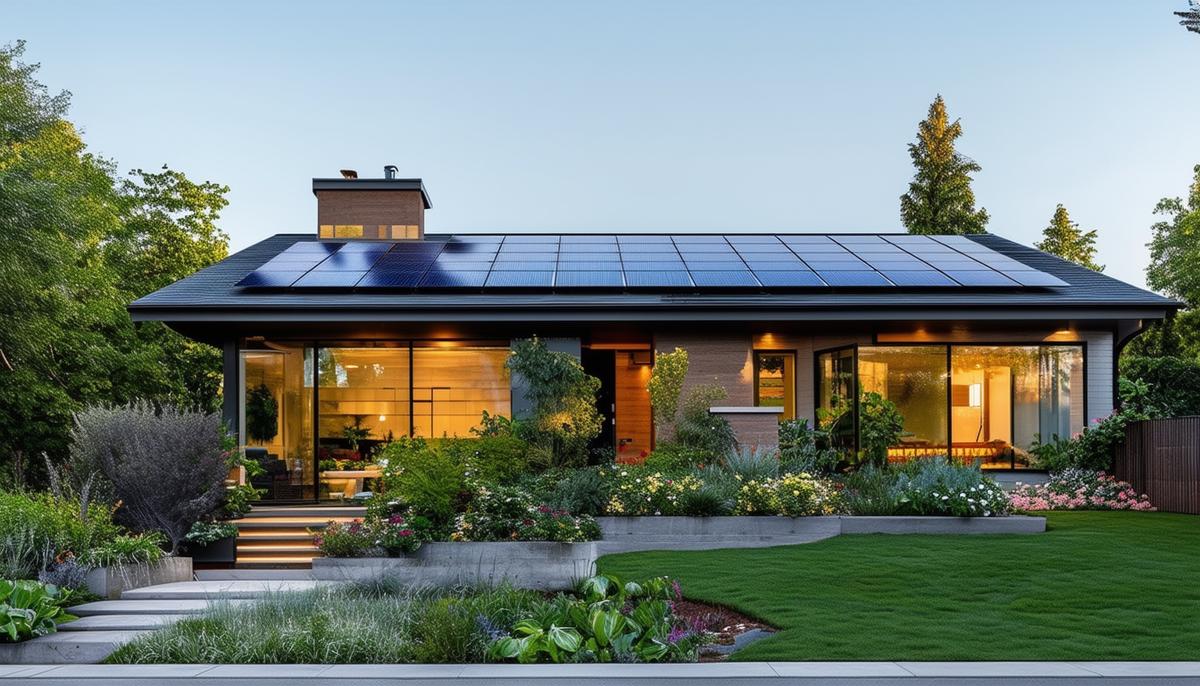Making your home energy efficient is about creating a comfortable and sustainable living environment while saving money. By addressing energy loss and taking targeted steps, you can transform your space into an efficient haven. From sealing air leaks to upgrading appliances, each action contributes to a more enjoyable and eco-friendly home.
Conduct a Home Energy Assessment
The first crucial step in making your home energy efficient is conducting a home energy assessment. This audit reveals your home's energy usage patterns and pinpoints areas for improvement.
Start by sealing air leaks. Check windows and doors for drafts and seal them with caulk or weatherstripping. This simple fix can save you up to 20% on heating and cooling costs.1
Next, assess your insulation, especially in older homes. Add more where needed and seal the attic to prevent warm air from escaping.
- Upgrade to ENERGY STAR appliances and LED lighting
- Install smart thermostats to save up to 10% a year
- Ensure furniture isn't blocking vents
- Install foam gaskets behind electric outlets
- Swap to low-flow showerheads and faucets
Simple habits can make a difference. Run appliances in the evening if you have time-of-use rates, and hang clothes to dry when possible.
Be mindful of phantom power consumption. Unplug chargers and electronics when not in use or use power strips to cut off standby power.
Once you've tackled the DIY improvements, consider bringing in a pro for a detailed energy audit to uncover any overlooked opportunities for savings.
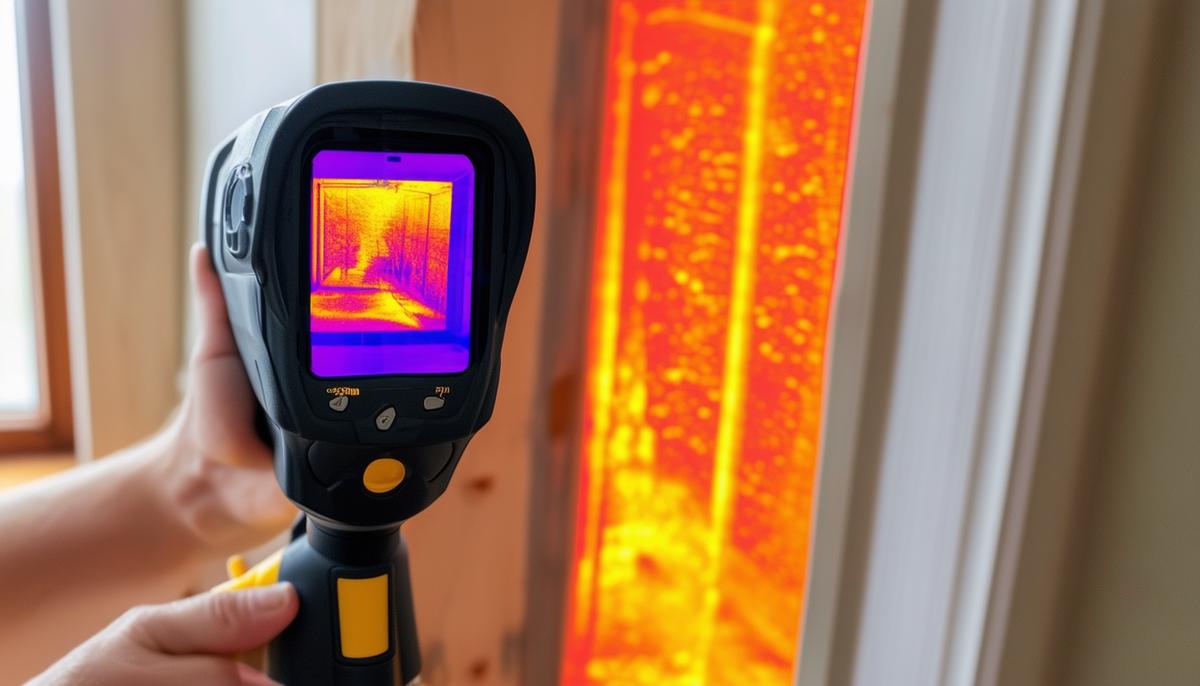
Seal Air Leaks and Insulate
Once your home energy assessment has identified gaps and breaches, it's time to seal those energy-sapping leaks. Windows and doors are common culprits for drafts. Apply caulk to seal cracks and use weatherstripping for added protection.
Don't forget about your attic – it's often a major source of energy loss. Adding insulation here is like giving your home a thermal blanket. Consider materials like fiberglass or cellulose to maintain steady indoor temperatures.
"Proper insulation is one of the most cost-effective ways to make a home more comfortable and energy efficient." – U.S. Department of Energy2
Older homes often lack proper wall insulation. Adding insulation here can significantly improve comfort and reduce energy bills.
Even less-frequented areas like basements and crawlspaces can contribute to energy loss. Insulating these spaces creates a buffer against temperature extremes and improves overall home efficiency.
By sealing air leaks and upgrading insulation, you're creating a more stable and comfortable environment while reducing energy waste. Your home will feel cozier, and you'll enjoy the added bonus of lower utility bills.
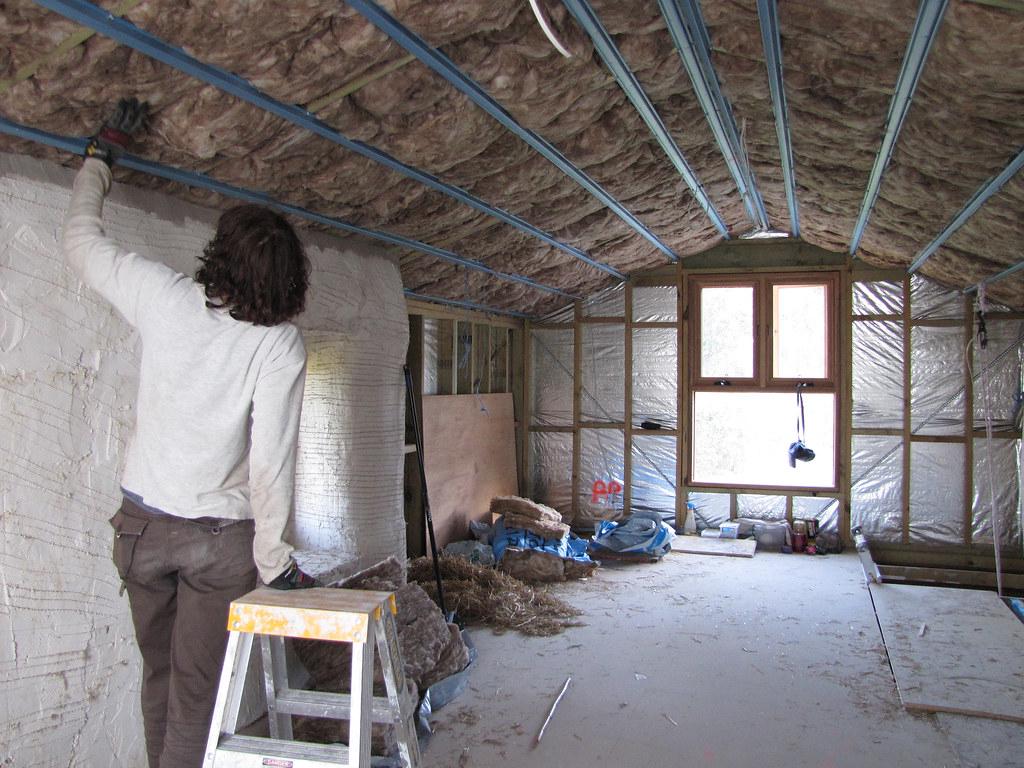
Upgrade to Energy-Efficient Appliances and Lighting
Switching to ENERGY STAR-rated appliances and LED lighting can significantly lower your energy consumption. Modern, ENERGY STAR-rated refrigerators use 10-15% less energy than standard models and up to 40% less than older ones.3
ENERGY STAR dishwashers use less water and energy per cycle, reducing the workload on your water heater and providing double savings. New models often include features like soil sensors for optimal cleaning efficiency.
If your HVAC system is outdated, consider an upgrade. Modern energy-efficient systems can cut heating and cooling costs by up to 20%. Many come with features like zone control and smart thermostats for fine-tuned comfort and efficiency.
- LED bulbs use 90% less energy than incandescent bulbs
- LED bulbs last up to 25 times longer than incandescent bulbs
- LED bulbs are available in warm, inviting hues
ENERGY STAR products often come with rebates and incentives, making them even more appealing. Plus, modern energy-efficient appliances come in sleek designs and trendy finishes that can enhance your home's style.
By upgrading your appliances and lighting, you're making a substantial impact on your energy bill while improving your home's functionality and appearance. It's a win-win for both your comfort and your wallet.
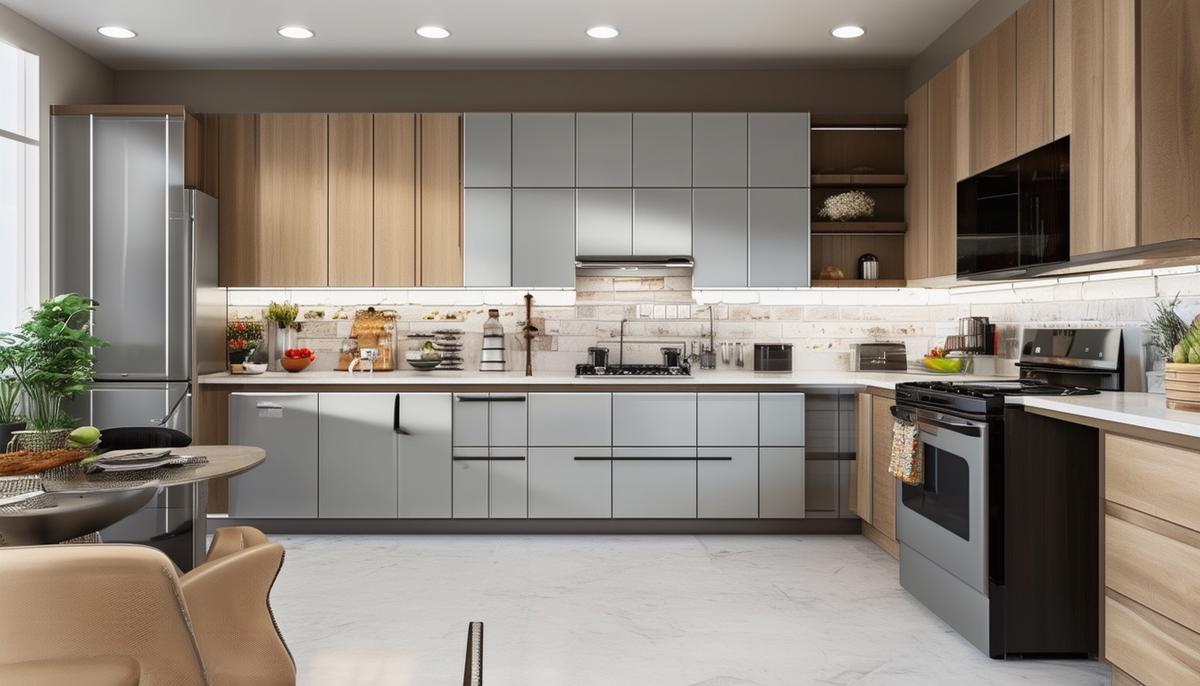
Automate and Optimize Your Home's Energy Usage
Take your home's energy efficiency to the next level with smart technology. Automating and optimizing your energy usage can save money and increase comfort.
| Smart Device | Benefits |
|---|---|
| Smart Thermostats | Save up to 15% on heating and cooling costs |
| Smart Lighting Systems | Adjust based on habits and time of day |
| Smart Power Strips | Curb phantom power consumption |
When combined, these smart devices create an interconnected, energy-saving ecosystem. Your smart thermostat can sync with your lights to power down when you leave a room, while your power strip turns off electronics during bedtime.
Many of these systems come with dashboards or apps that provide detailed energy usage reports, helping you track and optimize your consumption.
Check with your energy company about rebates and incentives for installing smart devices. You might save on utility bills and get cash back or discounts upfront.
By incorporating these smart devices, you're investing in a more sustainable and efficient home. You'll save money, reduce waste, and enjoy the convenience of automated energy management.
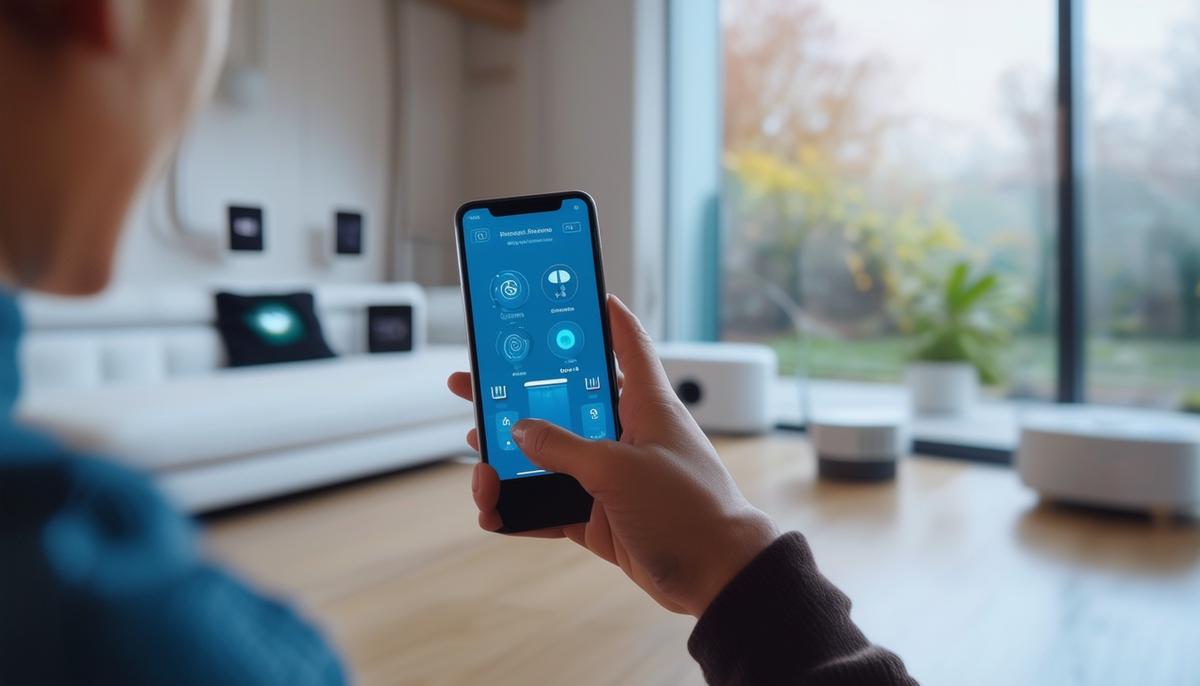
Making your home energy-efficient is a journey that starts with simple steps like sealing air leaks and upgrading appliances, then progresses to smart technologies that optimize usage. Each improvement brings you closer to a more comfortable, cost-effective, and eco-friendly living space. Embrace this process – your future self will appreciate the benefits of a more efficient home.
- U.S. Department of Energy. Energy Saver: Air Sealing Your Home. Office of Energy Efficiency & Renewable Energy; 2021.
- U.S. Department of Energy. Insulation. Office of Energy Efficiency & Renewable Energy; 2021.
- ENERGY STAR. Refrigerators. U.S. Environmental Protection Agency; 2021.

